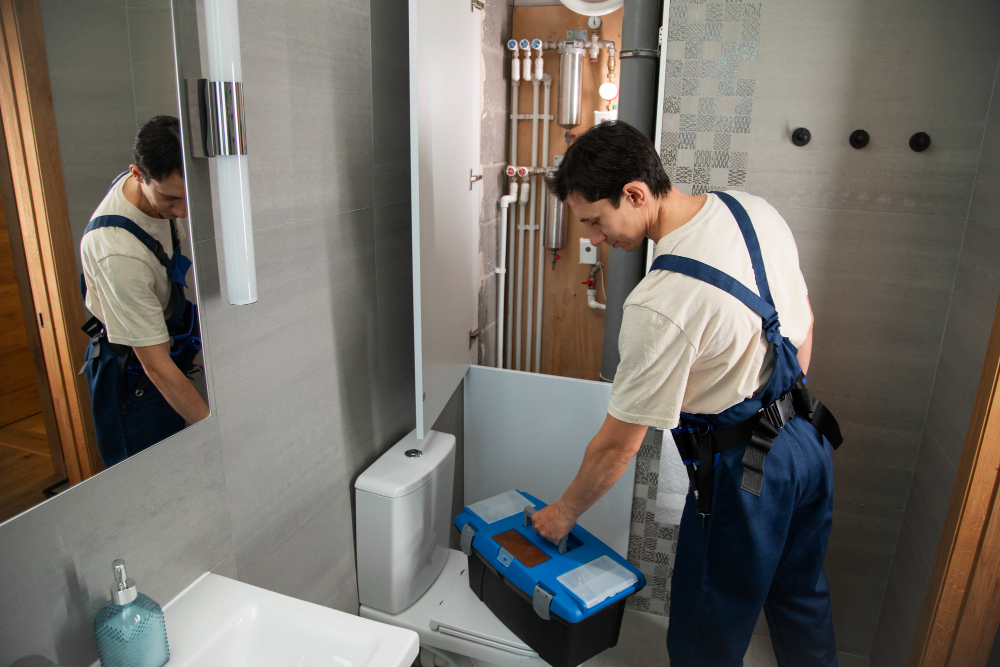Discover the best tips for bathroom renovation and how it can breathe new life into your home, increasing both functionality and value. This comprehensive guide will walk you through the process, offering practical advice and innovative ideas to help you create the bathroom of your dreams.
Key takeaways:
- Planning is crucial: Set a budget and timeline before starting
- Consider layout changes to maximize space
- Choose durable, water-resistant materials
- Lighting and ventilation are essential for a comfortable bathroom
- Energy-efficient fixtures can save money in the long run
- Professional help may be needed for plumbing and electrical work
- Storage solutions are important for keeping the space organized
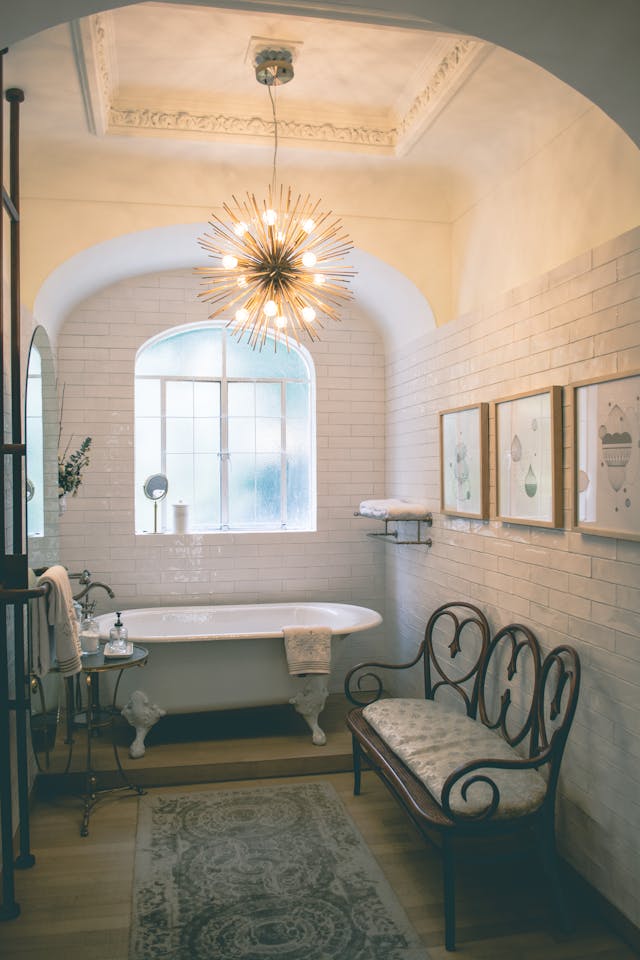
Understanding the basics of bathroom renovation
Bathroom renovation involves updating or completely overhauling your existing bathroom. This can range from simple cosmetic changes to a full gut renovation. The scope of your project will depend on your budget, needs, and the current state of your bathroom.
Assessing your needs
Before you start tearing out tiles or shopping for new fixtures, take some time to think about what you want from your renovated bathroom. Are you looking to create more storage space? Do you need to make the bathroom more accessible? Or are you simply wanting to update the look? Understanding your goals will help guide your renovation decisions.
Setting a budget
Bathroom renovations can be expensive, so it’s important to set a realistic budget. Factor in costs for materials, labor, and unexpected issues that may arise during the renovation. It’s wise to add a 10-20% buffer to your budget for unforeseen expenses.
Planning your bathroom layout
The layout of your bathroom can have a big impact on its functionality and feel. If you’re doing a major renovation, consider whether the current layout is working for you or if changes could improve the space.
Maximizing space in small bathrooms
For small bathrooms, every inch counts. Consider space-saving solutions like corner sinks, sliding doors, or wall-mounted toilets. Pedestal sinks can make a small bathroom feel more open, but remember to plan for storage elsewhere.
Creating a spa-like atmosphere
If you have more space to work with, you might want to create a luxurious, spa-like bathroom. This could include features like a freestanding tub, a walk-in shower, or even a sauna. Remember to balance luxury with practicality to ensure your bathroom meets your daily needs.
Choosing the right materials
The materials you choose for your bathroom renovation should be both beautiful and practical. They need to withstand moisture and frequent cleaning.
Flooring options
Tile is a popular choice for bathroom flooring due to its durability and water resistance. Porcelain tiles are particularly good for bathrooms as they’re less porous than ceramic tiles. For a warmer feel, consider luxury vinyl plank (LVP) flooring, which is waterproof and can mimic the look of wood.
Wall coverings
For bathroom walls, you have several options. Tile is again a popular choice, particularly for shower and tub surrounds. Paint is another option, but make sure to use a moisture-resistant formula designed for bathrooms. Wallpaper can add a unique touch, but be sure to use vinyl wallpaper that can withstand humidity.
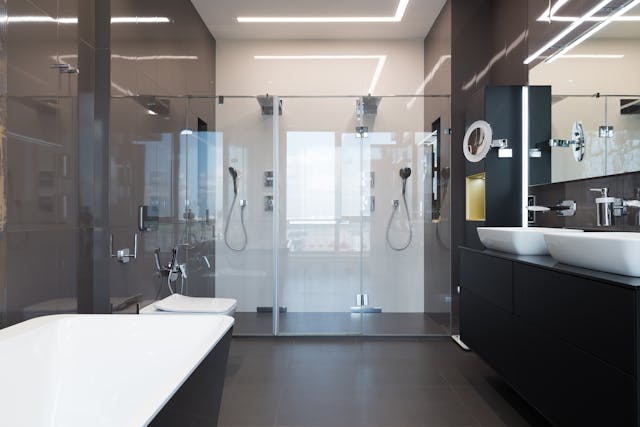
Lighting and ventilation
Good lighting and ventilation are crucial for a functional and comfortable bathroom.
Importance of proper lighting
Layered lighting can create a pleasant atmosphere while ensuring the space is well-lit for tasks like applying makeup or shaving. Consider a combination of ambient lighting (like recessed lights), task lighting (such as vanity lights), and accent lighting (like sconces or LED strips).
Ventilation solutions
Proper ventilation helps prevent mold and mildew growth and keeps your bathroom smelling fresh. A good exhaust fan is essential. For larger bathrooms, you might need multiple fans or a more powerful unit.
Plumbing considerations
Plumbing is a critical aspect of any bathroom renovation. Unless you’re a skilled DIYer, it’s best to leave plumbing work to the professionals.
Updating old pipes
If your home is older, you might need to update the plumbing as part of your renovation. This can be a significant expense but can prevent costly water damage in the future.
Water-saving fixtures
Consider installing water-saving fixtures like low-flow toilets and showerheads. These can significantly reduce your water usage and save you money on utility bills in the long run.
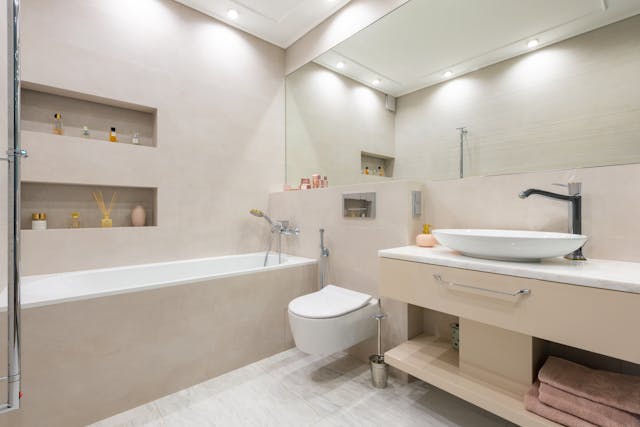
Electrical work in bathroom renovations
Like plumbing, electrical work in bathrooms requires special consideration due to the presence of water.
Safety considerations
All electrical outlets in bathrooms should be GFCI (Ground Fault Circuit Interrupter) protected to prevent electric shock. If you’re adding new electrical features, make sure they’re installed according to local building codes.
Smart bathroom technology
Consider incorporating smart technology into your bathroom renovation. This could include features like smart mirrors, voice-controlled lighting, or a programmable shower system.
Storage solutions
Good storage is essential for keeping your bathroom organized and clutter-free.
Built-in storage options
Built-in storage, like recessed medicine cabinets or shower niches, can provide ample storage without taking up floor space. Consider adding a linen closet if space allows.
Creative storage ideas
For smaller bathrooms, get creative with storage. Over-the-toilet shelving units, floating shelves, and under-sink organizers can all help maximize storage in limited space.
Choosing fixtures and fittings
The fixtures and fittings you choose can have a big impact on the look and functionality of your bathroom.
Selecting the right toilet
When choosing a toilet, consider factors like bowl shape (round or elongated), height (standard or comfort height), and flushing system. Look for WaterSense-labeled toilets for water efficiency.
Bathtub options
If you’re including a bathtub in your renovation, you have several options. These range from standard alcove tubs to luxurious freestanding soakers. Consider who will be using the tub and how often when making your choice.
Shower designs
For showers, you can choose between a prefabricated unit or a custom-tiled shower. Custom showers offer more design flexibility but are typically more expensive. Don’t forget to consider features like built-in benches or multiple showerheads.
Sink and vanity choices
Your choice of sink and vanity can significantly impact both the look and functionality of your bathroom. Options range from pedestal sinks to double vanities with ample storage. Consider your space constraints and storage needs when making your choice.

Accessibility considerations
If you’re planning to age in place or if you have family members with mobility issues, consider incorporating accessibility features into your bathroom renovation.
Universal design principles
Universal design principles aim to make spaces usable by people of all ages and abilities. This could include features like grab bars, walk-in showers, and lever-style faucet handles.
Future-proofing your bathroom
Even if you don’t need accessibility features now, it can be wise to plan for the future. Consider things like reinforcing walls to support future grab bar installation or choosing a vanity that could be easily modified for wheelchair access.
DIY vs. professional renovation
While some aspects of bathroom renovation can be DIY projects, others are best left to professionals.
What you can do yourself
Tasks like painting, installing new hardware, or even laying tile can be DIY-friendly if you have the skills and tools. However, be realistic about your abilities and the time you can commit to the project.
When to call in the pros
For complex tasks like plumbing, electrical work, or major structural changes, it’s best to hire professionals. This ensures the work is done safely and up to code.
Managing your renovation project
Good project management is key to a successful bathroom renovation.
Creating a timeline
Create a detailed timeline for your renovation, allowing for unexpected delays. Be prepared for your bathroom to be out of commission for several weeks, depending on the scope of the project.
Dealing with contractors
If you’re working with contractors, clear communication is crucial. Make sure you have a detailed contract, and don’t be afraid to ask questions or voice concerns throughout the process.
Eco-friendly bathroom renovation ideas
Incorporating eco-friendly elements into your bathroom renovation can reduce your environmental impact and save you money in the long run.
Water conservation
In addition to low-flow fixtures, consider options like dual-flush toilets or greywater systems that reuse water from your sink or shower to flush the toilet.
Energy efficiency
Install LED lighting and consider a tankless water heater for energy savings. If your budget allows, a solar water heater can significantly reduce your energy use.
Adding personal touches
Your renovated bathroom should reflect your personal style. Here are some ways to add character to the space.
Choosing a color scheme
Your color scheme can set the tone for the entire bathroom. For a calm, spa-like feel, consider neutral tones or cool blues. For a more energetic space, you might opt for bolder colors.
Incorporating artwork
Bathroom-appropriate artwork can add personality to the space. Just make sure to use pieces that can withstand humidity, or frame them with glass to protect them from moisture.
Final touches and accessories
The right accessories can tie your whole bathroom design together.
Selecting towels and bath mats
Choose high-quality towels and bath mats that complement your color scheme. Consider having a set for everyday use and another for guests.
Choosing bathroom hardware
Details like towel bars, toilet paper holders, and cabinet hardware should coordinate with your overall design. These small elements can have a big impact on the finished look of your bathroom.
Post-renovation maintenance
To keep your newly renovated bathroom looking its best, proper maintenance is key.
Cleaning tips for different materials
Different materials require different cleaning methods. For example, natural stone needs special care to prevent etching or staining. Research the best cleaning methods for the specific materials in your bathroom.
Regular upkeep to prevent issues
Regular maintenance can prevent small issues from becoming big problems. This includes things like recaulking when necessary, checking for leaks, and keeping the space well-ventilated to prevent mold growth.
| Material | Pros | Cons | Maintenance |
|---|---|---|---|
| Ceramic Tile | Durable, water-resistant, variety of styles | Can be cold, grout needs sealing | Regular cleaning, periodic grout sealing |
| Natural Stone | Beautiful, unique patterns | Expensive, requires sealing, can be slippery | Needs special cleaners, regular sealing |
| Luxury Vinyl Plank | Waterproof, warm underfoot, affordable | May not add as much value as tile or stone | Easy to clean, may need replacing after 10-20 years |
| Glass Tile | Reflective, can make space feel larger | Expensive, can show water spots | Regular cleaning to prevent water spots |
| Fixture | Average Cost | Lifespan | Energy Efficiency |
|---|---|---|---|
| Standard Toilet | $100-$300 | 10-15 years | N/A |
| Low-Flow Toilet | $200-$500 | 10-15 years | Saves 20-60% water |
| Standard Showerhead | $20-$100 | 10-20 years | N/A |
| Low-Flow Showerhead | $20-$200 | 10-20 years | Saves up to 60% water |
| LED Vanity Lights | $50-$300 | 20+ years | Uses 75% less energy than incandescent |
- Essential bathroom renovation tools:
- Tile cutter
- Grout float
- Caulking gun
- Utility knife
- Level
- Tape measure
- Safety glasses and gloves
Remember, a successful bathroom renovation requires careful planning, quality materials, and attention to detail. Whether you’re doing a minor update or a complete overhaul, taking the time to do it right will result in a beautiful, functional space that you’ll enjoy for years to come.
